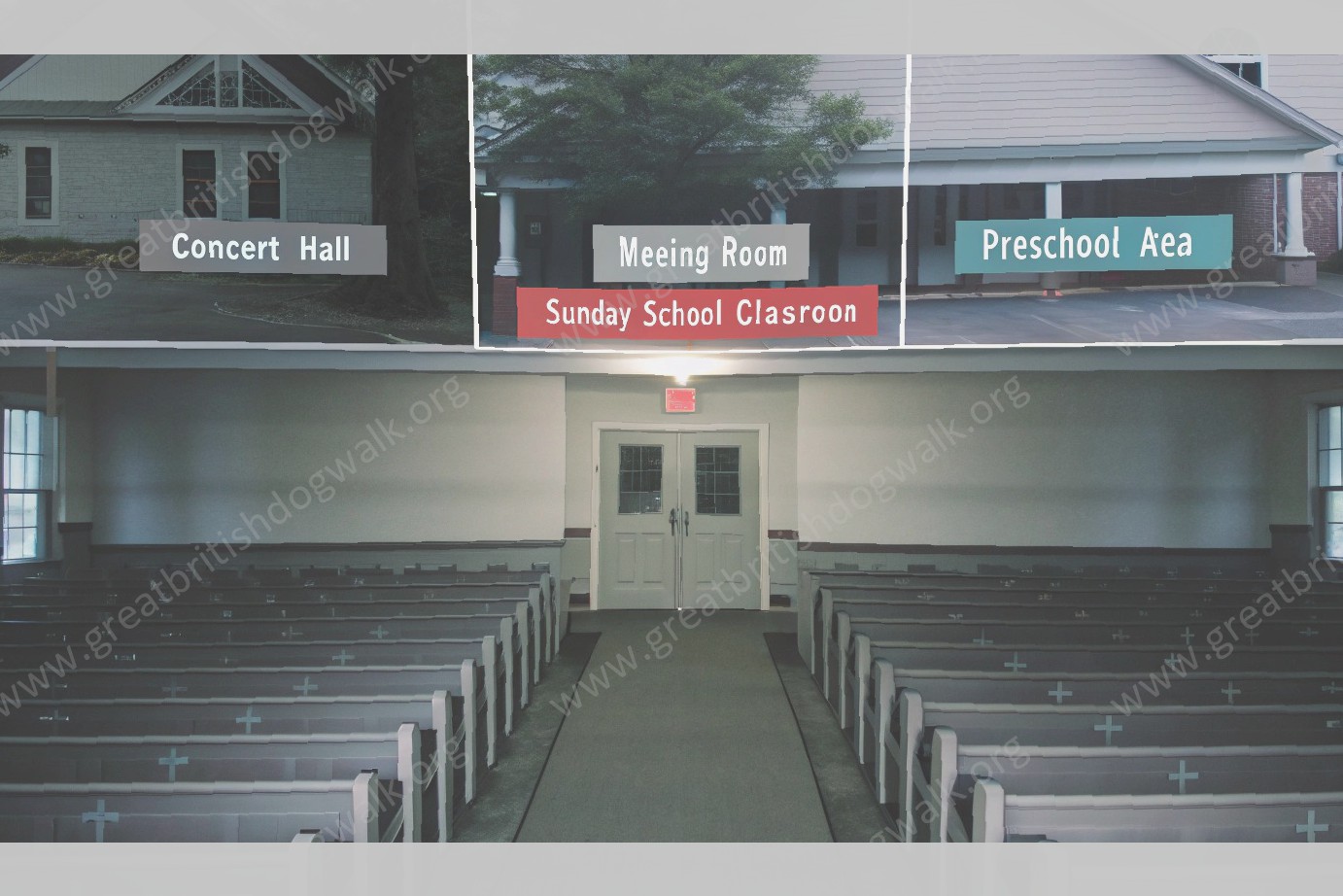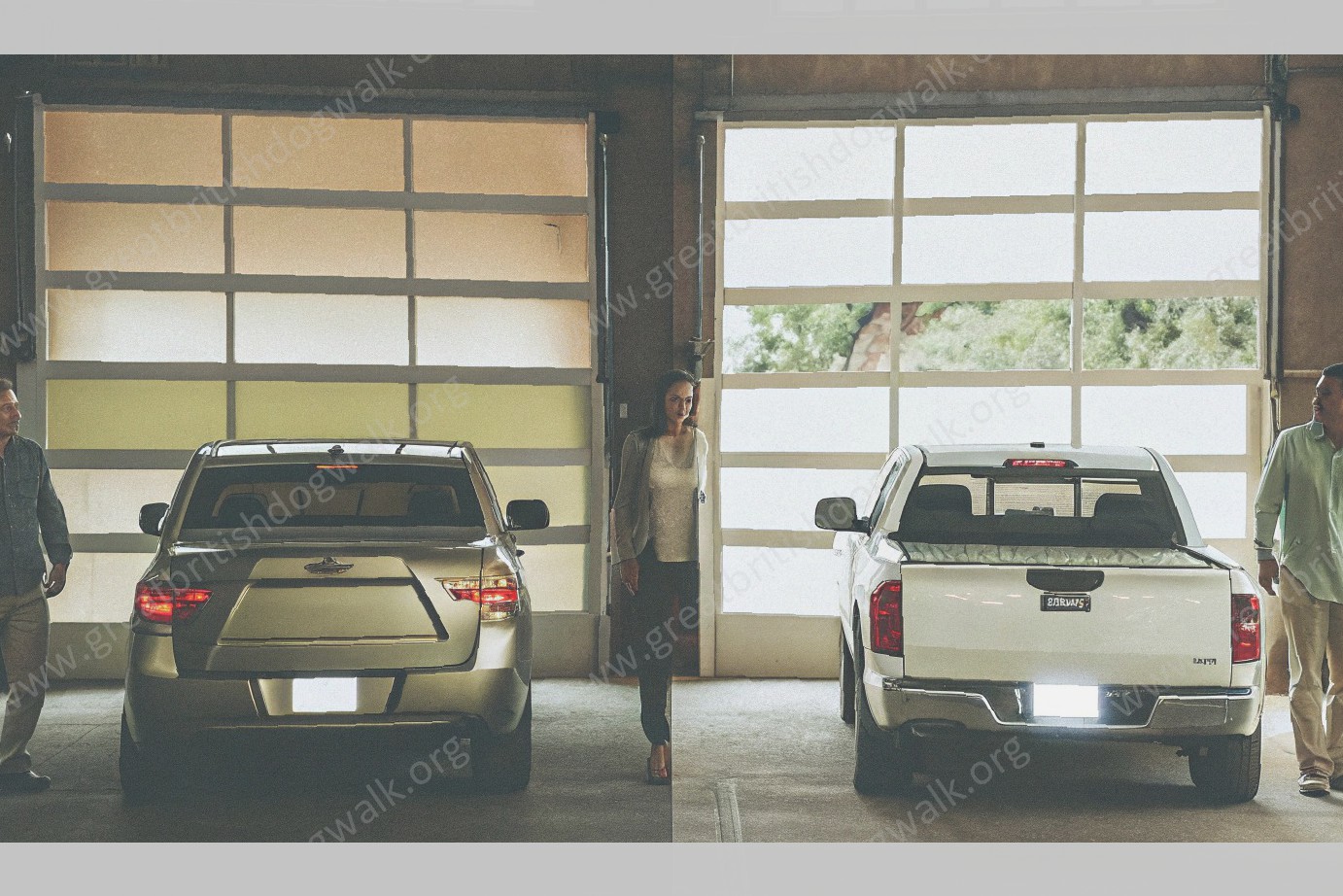An Overview of Church Facility Use Agreements
A church facility use agreement is just what it says: an agreement regarding the use of the church facility. It can be either a lease or a license, depending on how you want to control the use of your facility. Church facilities are used by a number of different outside organizations and people: concerts or other events may be held at the church for specific groups, AA or other support groups may hold periodic meetings, Sunday school classes may meet in a different area, a separate preschool may be held at the church, scouts come and go, and so forth. These groups often expect or otherwise anticipate using your facility; often, they think that they are automatically invited (or allowed) to use the facilities at a church . Some churches may have multiple churches meeting at different times and in different rooms within the church. Often it is difficult to keep track of who has access to what areas of your facility.
The church may want to allow some groups to have more access to the facilities than other groups. For example, your church may want to allow a set group or people to use the facilities with relatively few restrictions. Conversely, your church may want to allow other groups access to the facilities only on limited occasions and/or with many restrictions and conditions attached. A church facility use agreement will help your church achieve these goals and keep track of what groups have access to the facility for what purposes. Your church can draft the agreement so that it meets the specific needs of your church.
The Essential Components of a Facility Use Agreement
No matter what type of position you take on churches and property, whether it’s they should never rent their property to non-members, or they should never rent their property to anyone who is not supportive of their mission, the reality is that having a well-drafted facility use agreement is essential. The elements included in the facility use agreement will determine which aspects the church has complete control over and which aspects they are willing to give up.
The following are some essential elements of a good church facility use agreement: Rules Every facility use agreement should include a set of rules and regulations as those are the terms the church can write into the agreement that everyone must adhere to and no one can gain exception to. Responsibilities of the parties This section should define precisely which party is responsible for what, including set-up and take-down, cleaning, damages, room limitations (i.e., number of people allowed, whether catering is required, etc.). Fees If the use of the facility by a third-party is free, there still should be a fee provision that states that the facility is available to the public, i.e., everyone is free to use the facility for free – they just have to agree to the rules and regulations. Other fees related to the facility may be used here as well, such as food and beverage costs if there is a catering requirement. Security Identify on whose responsibility it is to provide security, and what security measures will be taken (i.e., security cameras). Liability Usually the church will want to have the user provide insurance that indemnifies the church in case of loss, but this could be switched where the church agrees to do so for a small fee (though I recommend against this). However, some churches try to indicate that the user shall be responsible for any injury to a third party stemming from their use of the property. This indemnification is generally not enforceable under nonprofit law. Remember, because churches are held to a higher standard of care, the church could not be indemnified by the user for the church’s own negligence – no matter how badly the user might want to do that. To protect yourself from indemnification issues, this section should focus on indemnifying the user for the Church’s negligence. Limitation of liability If you are using equitable language in the use agreement, which I generally recommend, this provision should identify the entire universe of people that are equitably interested in the Church, who can bring suit against the Church, and the Church is not liable to either a user or any of those people for any of their claims. As to limitation of liability, the agreement should be careful so that any damage that is caused by either the user or the user’s attendees is limited, and does not exceed the amount of the insurance policy (i.e., $5 million for food poisoning your cook gave the user).
Crafting Your Template for Different Types of Events
Each type of event may benefit from a slightly different contract. For instance, guest weddings and memorial services often require different provisions related to grieving family members and consistency with the bride’s extended family or the wishes of the spouse and other family members of the deceased. Even the name on the contract might need to vary for memorial services, with a couple’s married name rather than their maiden names or a burial site being used in place of a customer name. Your facility use agreement template clauses will likely need to be tailored to your specific church, your policies, and the types of events you will host.
Liability Considerations and Other Legal Issues
When drafting a facility use agreement, churches must consider a host of legal requirements. This section of the guide considers determining the liability limitations imposed by state law and how churches can affect them through the facility use agreement.
Limiting Liability for Negligence
It is generally advisable to include in facility use agreements an express provision that limits the church’s liability for negligence, with an appropriate disclaimer of certain types of losses. Today, many states have laws that limit charities’ liability for ordinary negligence (negligence that does not involve willful and wanton conduct that is directly responsible for the injury). This limitation applies to a charity’s employees, agents, and volunteers. (For example, the charitable immunity laws of Pennsylvania and Texas provide such limitations on liability for ordinary negligence.)
Limits on the Liability of Churches and Charities
The U.S. Supreme Court has long held that the Constitution’s "Establishment Clause" prohibits any state to alter or affect a church’s real property — either by taxing it, taking it by eminent domain, or enforcing a liability incurred by the church for nonreligious purposes. However, a church does not have any special immunity from liability for personal injuries or property damage to third parties. Formerly, churches were immune from negligence suits. However most courts today apply the so-called "charitable immunity doctrine," which gives only very limited immunity to churches.
For example, the district court of appeals of Florida recently rejected the defense of charitable immunity by a church that was sued by the representative of a church member who was allegedly assaulted by a church pastor at a church-sponsored event that was attended by about 200 people. The court explained that since the assault was actionable against the pastor (who is personally liable for his own wrongdoing) and the church (which can be held vicariously liable for the actions of its pastor), this lawsuit was not a type of tort for which the public policy favoring the immunity of charitable institutions from liability existed. In the court’s view , "to allow immunity in this situation defies reason and is contrary to public policy."
Agreements with Charities and Churches
A number of states permit charities or churches to limit their liability to a participant in a program by contract in a manner that is otherwise prohibited. For example, Iowa and Tennessee (but not Pennsylvania) permit charities to enter into an agreement that limits their liability to intentional acts and acts of gross negligence.
Many states have passed statutes that limit the liability of nonprofit organizations (including churches) in particular circumstances. In many states, this liability tenders to limit the scope of liability; so that if someone gets hurt, the organization is liable only for intentional misconduct, willful and wanton misconduct, and reckless behavior. An organization can be held liable for negligence, but only for $25,000, $50,000, $100,000, or a specific figure.
Some of these statutes are directed at particular types of facilities. Some limit liability for particular types of activities. For example, Virginia’s "recreational immunity" statute provides varying standards of liability depending upon whether the organization is performing a recreational service on land that it owns or leases or whether the facility is owned or leased by a nonprofit attempting to improve the physical or mental well-being of veterans and their families.
Summary of Negotiated Liability Limits
When negotiating limitations on liability, churches will want to consider the following points:
Negotiate a fair apportionment of liability between the church and the user.
It is common for churches to limit their liability to users of their facilities to the amounts covered by their insurance. Additionally, it is fairly common for churches to limit their liability to third parties to instances of willful misconduct. Note, however, that excluding negligence would not eliminate the church’s vicarious liability.
Limit Liability of the user.
It is often reasonable and fair to require tower users to limit their liability for the benefit of the church to the same types of liabilities that Church may have to the tower grantee.
Bar Indemnification for Damages
The church will want to add a provision preventing the user from indemnifying the church for damage to the user’s property.
Essential Tips for Drafting a Clear Facility Use Agreement
When creating a facility use agreement template, churches should consider best practices in an effort to make the document as clear, concise, and legally sound as possible. It is crucial, particularly when managing multiple users of church facilities, that the document clearly delineates restrictions on the use of church facilities and the organization’s expectations regarding user conduct.
One crucial component is to clearly designate the parties involved. There are several options for designating the parties: (1) by name, title, and organization; (2) by name, title, and school, if the user is an organization with a particular purpose; and (3) by category. Designation should be clear, even if the agreement will be utilized by multiple users affiliated with a single organization. For example, an agreement template could designate the parties as "ABC Church" and "ABC School Connection Parent Teacher Organization." Similarly, a template for an agreement for an organization that holds a layperson’s Bible study each Tuesday night could provide language stating, "ABC Church hereby grants ABC Soul Sisters permission to use its fellowship hall located at 12345 Any St., Any Town, Any State" for each Tuesday evening of each month.
Agreements should also clearly articulate who is responsible for making decisions regarding the agreement. For example, will the same individual be responsible for reviewing and approving applications, making changes, and exceptions, or others? In addition, the agreement should contain an entire section outlining the procedures for making changes, problems, or exceptions. It is not uncommon for user groups to request an exception to policies, approvals, or obligations.
Another tip for creating the facility use agreement template is to ensure that it is clearly organized. By organizing the document under section headings, such as "Effective Date," "Term," "Definitions," "User Rights and Obligations," "Insurance," and "Indemnification," a church can ensure that agreements with different user groups are consistent and that users can easily locate or identify their obligations.
Facility Use Agreement Examples/Templates for Download
You can find free downloadable templates of church facility use agreements at various online resources. A few of these are discussed below, with their strengths and weaknesses as evaluated by the author.
Church Facility Use Agreement
Church Minding the Gap Alliance
A church can fill out each section as it pertains to their unique situation. The sections with help icons contain additional clarifying information on those subsections. It is a Florida-based document that tries to encompass many types of arrangements. It does not have additional information within the agreement to help the user understand the language. It does provide an adequate checklist at the end.
Facility or "Space" Rental Agreement
Christian Leadership Alliance (formerly National Association of Church Business Administrators)
This agreement helps a church deal with outside third parties wanting to use church facilities. It emphasizes the church’s mission in the beginning to remind the user of the broader biblical purpose of the church . It has extensive descriptions of the church facility and the corresponding blank spaces for the specific church to fill in. This one is probably the most usable of the example templates for an independent church. The only downside is that it lacks more detailed provisions which would be helpful to a church just starting out.
Church Facility Rental Terms Sample
Building God’s Way
This sample document is a very useful document that covers much of the topics church would be interested in given its length. It is a comprehensive lease agreement that discusses many scenarios and problems that could arise between a church and a renting party. It has a number of sections that would not apply to a UM church, but many sections that would. The downside is that it is too long and could be confusing to a church who is unfamiliar with all the sections.
This is a 5 page Unitarian Universalist Church template for non-church meetings and events. It is a formal lease agreement between a church and an outside group. It is detailed and thoroughly written. Again though, some of the provisions will not apply to a UM context.



